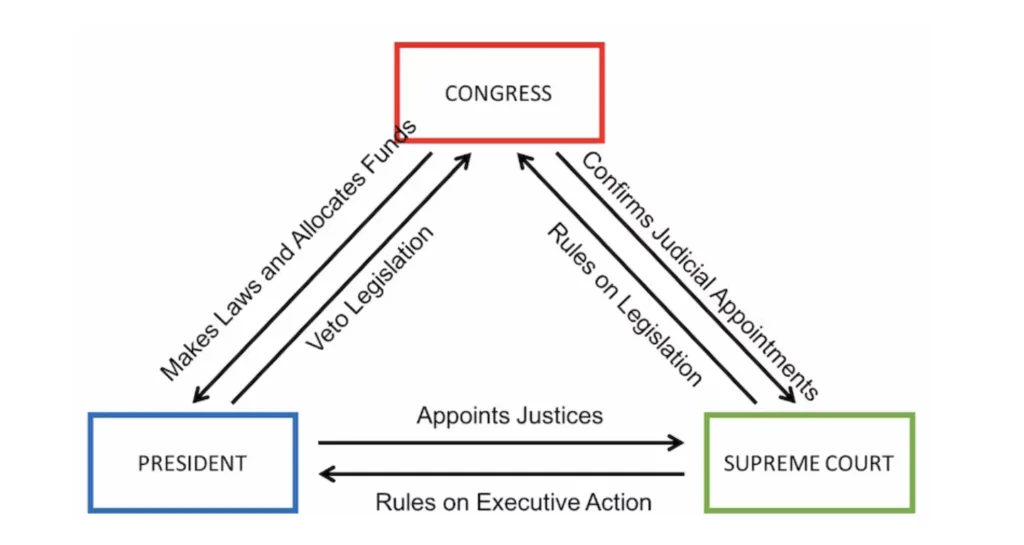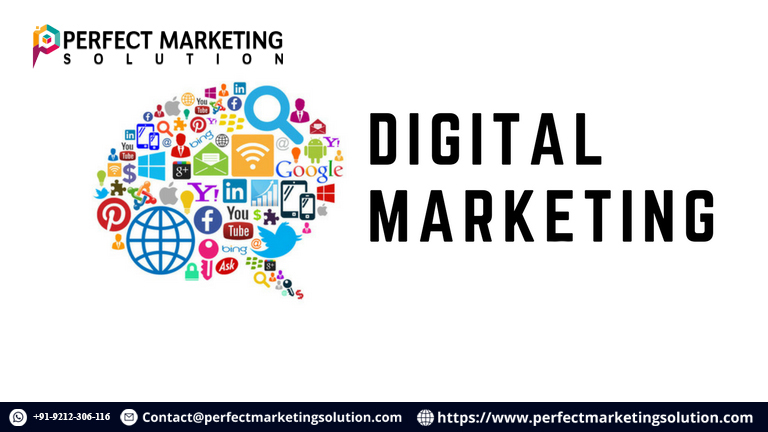What to Expect from Engineering Design Services in Automation

When it comes to implementing automation in your business, engineering design services play a critical role. These services don’t just provide cookie-cutter solutions; they offer customized, well-thought-out systems that address unique challenges and pave the way for innovation. Curious about how this process works? Discover what bespoke engineering design can do for your business and what you can expect from these specialized services.
Let’s dive into the key aspects of engineering design services in automation and how they can transform your operations.
Understanding Engineering Design Services in Automation
Engineering design services in automation involve the process of planning, creating, and implementing systems that automate specific tasks or operations. These services are tailored to meet the unique needs of businesses across various industries, making automation more efficient and effective.
Why Engineering Design Services Matter
1. Tailored Solutions for Your Business
One size doesn’t fit all in automation. Engineering design services ensure that the solutions are customized to address the unique challenges of your business.
2. Optimized Efficiency and Productivity
These services focus on creating systems that maximize productivity while minimizing resource usage, ensuring a high return on investment.
What to Expect from Engineering Design Services
3. A Thorough Initial Assessment
The process begins with a comprehensive analysis of your existing workflows, systems, and goals. This step ensures that the solution is aligned with your business’s needs.
4. Collaborative Planning and Strategy
Expect to work closely with engineers to define objectives, set priorities, and outline the project scope. Your input is critical during this phase.
5. Customization at Every Step
From hardware selection to software development, every component of the automation system is tailored to your specific requirements.
6. Prototyping and Testing
Before full-scale implementation, prototypes are developed and rigorously tested to identify and resolve any issues early on.
The Core Components of Engineering Design in Automation
7. Mechanical Design
This involves creating the physical components of the automation system, such as robotic arms, conveyors, or other machinery.
8. Electrical and Software Integration
Seamless integration of electrical systems and software ensures that the automation solution operates efficiently and reliably.
9. Safety and Compliance Standards
Engineering design services prioritize compliance with industry standards and safety regulations, giving you peace of mind.
Benefits of Engineering Design Services
10. Improved Accuracy and Consistency
Automation systems designed with precision eliminate human error and ensure consistent output, which is crucial in industries like manufacturing and healthcare.
11. Scalability for Future Growth
Well-designed systems are built with scalability in mind, allowing your business to expand without significant reinvestment.
Industries That Benefit from Engineering Design Services
12. Manufacturing
Engineering design revolutionizes manufacturing with efficient assembly lines, precise quality checks, and streamlined logistics.
13. Healthcare
Automation in healthcare, such as robotic surgeries and automated diagnostics, relies heavily on engineering design for success.
14. Retail and Logistics
From automated warehouses to smart inventory systems, engineering design services enhance efficiency in retail and logistics.
The Process of Engineering Design Services
15. Initial Consultation and Requirements Gathering
During the first stage, engineers work with you to understand your business processes, goals, and pain points.
16. Designing and Developing the Solution
This phase involves creating detailed blueprints, selecting materials, and programming systems tailored to your requirements.
17. Testing and Validation
Extensive testing ensures that the automation system functions as intended, minimizing the risk of errors post-implementation.
18. Implementation and Training
After deployment, engineers provide training to ensure that your team can operate and maintain the system effectively.
Challenges in Engineering Design for Automation
19. Balancing Cost and Innovation
Developing advanced solutions while staying within budget can be a challenge, but professional design services prioritize value and functionality.
20. Keeping Up with Rapid Technological Advancements
As technology evolves, engineering design services must stay ahead to deliver cutting-edge solutions.
Tips for Choosing the Right Engineering Design Service Provider
21. Look for Experience and Expertise
Choose a provider with a proven track record in your industry. Their expertise can make a significant difference in the success of your project.
22. Prioritize Customization
Ensure that the provider offers tailored solutions rather than generic systems that might not suit your needs.
23. Check for Post-Implementation Support
Good providers offer ongoing support, helping you troubleshoot and optimize the system as needed.
Conclusion
Engineering design services are the backbone of successful automation, offering tailored solutions that enhance productivity, accuracy, and scalability. From the initial consultation to full-scale implementation, these services ensure that every aspect of your automation system is optimized for your business needs.
What's Your Reaction?



















